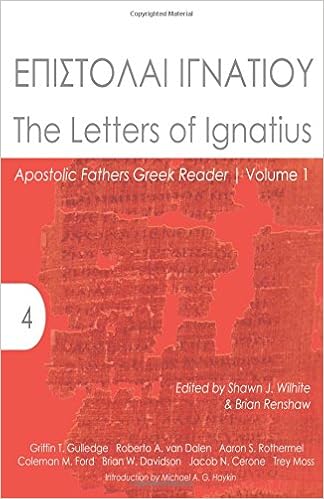Yesterday I mentioned that the ω and ουσιν endings of the first singular and third plural respectively were not as straight forward as we might like to believe. Instead of overloading the few that made it through the post, I decided to save this discussion for a different day. Today is that day.
Technically, according to Smyth’s Greek Grammar for Colleges, the present active indicative first singular has no ending. This might seem odd since λυω has the stem form λυ. But why the ω? The ω comes from the omicron, the thematic vowel.
Since there is no ending, the thematic vowel, omicron, lengthens, becoming ω. Thus:
λυ + ο + ø ending
λυ + 0
λυω <– lengthened omicron becomes omega
Now that we’ve solved the case of the lengthened omicron, we can turn our attention to the enigmatic ου in the third person plural of λυουσι(ν).
Would it surprise you to know that the third person plural ending is actually νσι(ν)? Here’s how we get λυουσιν:
λυ + ο + νσι(ν)
λυ + ο – ν + σι(ν)
λυ + ο + σι(ν)
λυ + ου + σι(ν)
λυ + ουσι(ν)
λυουσι(ν)
When the ν combines with the σ, the ν drops out. Greek makes up for the loss of the ν through compensatory lengthening. Thus, the thematic vowel omicron becomes the diphthong ου.
The more you know!
(nb: The original third plural ending was οντι and is retained as such in Doric Greek. In Attic Greek, τ very often becomes σ. Thus, οντι becomes ονσι, which drops the ν because of the νσ combination, and then lengthens the thematic vowel to ου and producing the final form ουσιν)








